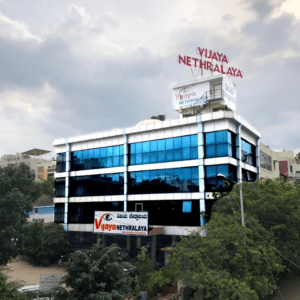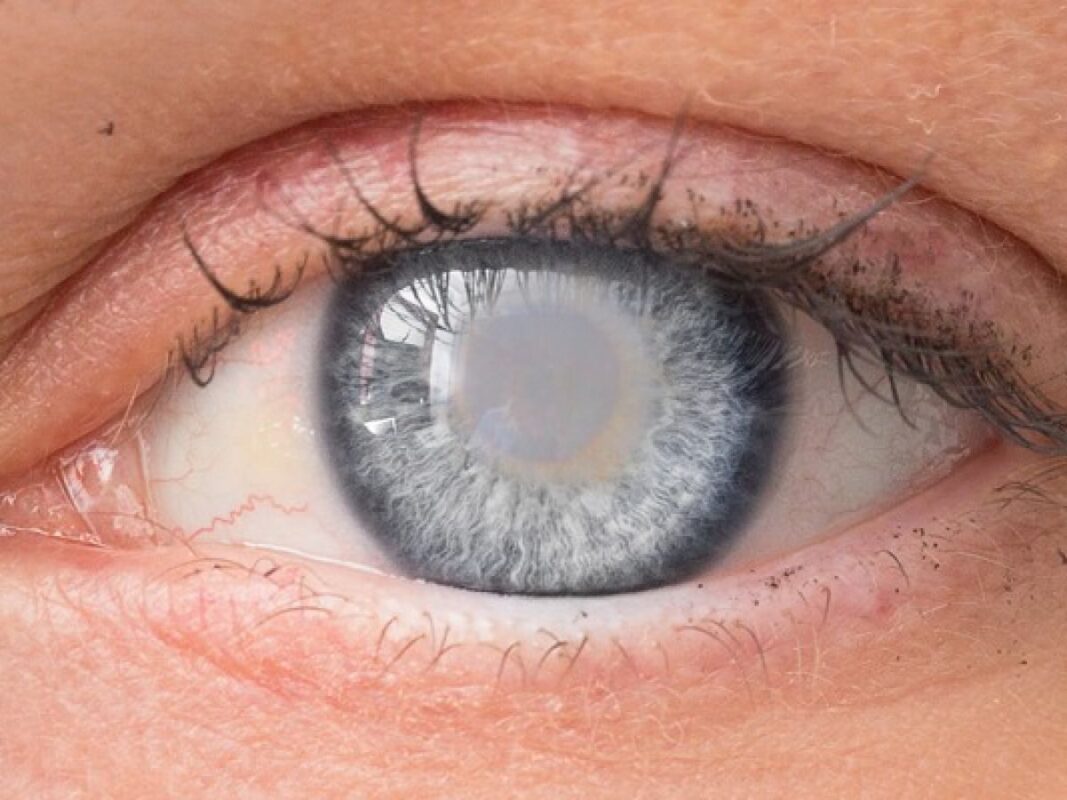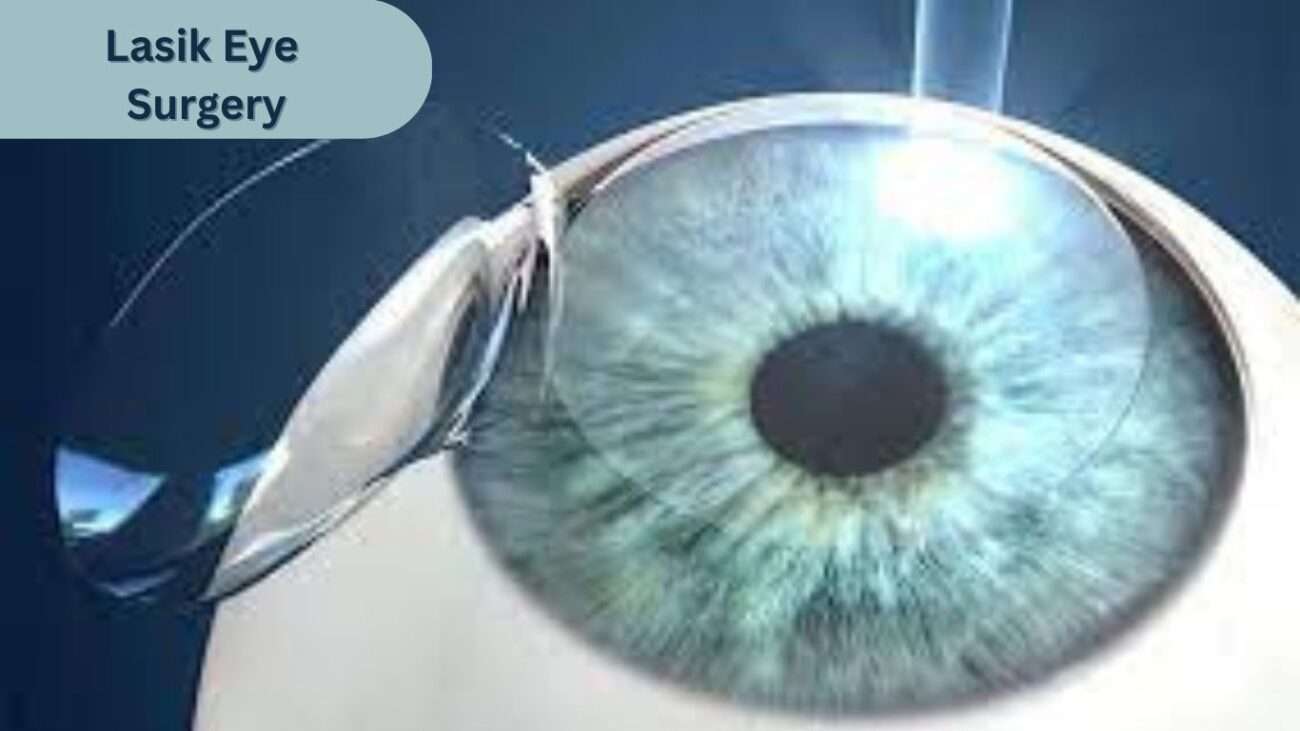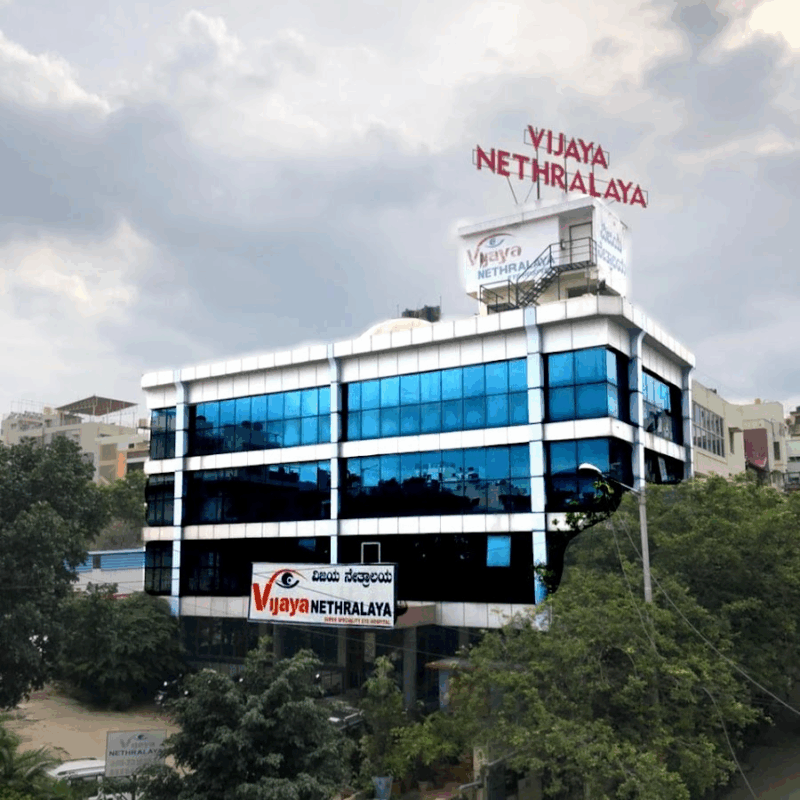Introduction:
Cataract surgery is a commonly performed procedure to remove the cloudy lens and restore vision in individuals with cataracts. However, apart from improving visual acuity, cataract surgery can also have an impact on intraocular pressure (IOP). In this blog post, we will explore how cataract surgery can potentially lower IOP. The significance of maintaining low IOP after surgery, and the role of goniowash in achieving optimal results.
Cataract Surgery and IOP:
Cataract surgery has been found to have a significant impact on intraocular pressure (IOP). During the procedure, the cloudy natural lens is removed and replaced with an artificial intraocular lens (IOL). Cataract surgery can reduce IOP by improving aqueous humor flow and drainage. Surgical procedure can stimulate trabecular meshwork to regulate IOP. This stimulation enhances the functionality of the trabecular meshwork, promoting better fluid outflow and potentially resulting in lower IOP levels. IOP reduction may vary among individuals cataract surgery. Regular monitoring of IOP post-surgery is essential to ensure optimal outcomes and manage any potential changes in intraocular pressure.

Lowering IOP After Cataract Surgery:
- Enhanced Aqueous Humor Outflow: Cataract surgery can reduce IOP by increasing aqueous humor. This surgical intervention indirectly improves the flow of aqueous humor within the eye. Cataract surgery creates more space for fluid flow. This enhanced outflow can potentially lead to a reduction in intraocular pressure. The improved aqueous humor outflow occurs through several mechanisms. Removal of natural lens allows better access to trabecular meshwork. Increased aqueous humor outflow promotes lower IOP with cataract removal.
2.Improved Drainage Angle: Improved drainage angle can reduce IOP after cataract surgery. The drainage angle is the area between the cornea and iris. The eye is responsible for releasing aqueous humor and maintaining IOP levels.
During cataract surgery, the clouded natural lens is removed and replaced with an artificial intraocular lens (IOL). This surgical intervention can widen the drainage angle, promoting better fluid flow and drainage within the eye.
The removal of the cataractous lens can improve drainage angle. This increased space facilitates the smooth passage of aqueous humor through the drainage angle, resulting in enhanced fluid outflow.
3.Trabecular Meshwork Stimulation: Trabecular meshwork stimulation can reduce IOP after cataract surgery. Trabecular meshwork regulates outflow of aqueous humor.
During cataract surgery, the stimulation of the trabecular meshwork is achieved through various mechanisms. Surgical manipulation of the anterior chamber stimulates the eye.
Instruments create gentle vibrations and movements during cataract surgery. These vibrations and movements can stimulate the trabecular meshwork, promoting its functionality and enhancing the drainage of aqueous humor.
The Significance of Low IOP After Cataract Surgery:
Maintaining low IOP after cataract surgery is essential for several reasons
1.Glaucoma Prevention:
Glaucoma prevention is an important consideration in cataract surgery.
- Intraocular Pressure (IOP) Management: Elevated IOP is a major risk factor for glaucoma. During cataract surgery, steps are taken to carefully monitor and manage IOP. This may involve using specific techniques, such as goniowash, to optimize the drainage angle and promote proper fluid outflow. IOL selection should consider IOP impact for individuals with glaucoma.
- Collaborative Approach: Glaucoma prevention in cataract surgery often requires a collaborative effort between the cataract surgeon and the glaucoma specialist. Working together to develop a comprehensive treatment plan for glaucoma.
- Preoperative Evaluation: Before cataract surgery, a thorough preoperative evaluation is conducted to assess the patient’s ocular health, including the presence of glaucoma or glaucoma suspects. This evaluation may include measuring IOP, evaluating the optic nerve, assessing the visual field, and reviewing the patient’s medical history. These assessments help identify individuals at risk of developing glaucoma or those with existing glaucoma who may require additional interventions during cataract surgery.
- Combined Procedures: In some cases, cataract surgery can be combined with glaucoma procedures to manage both conditions simultaneously. This approach is known as “cataract and glaucoma surgery combined.” It allows for the removal of the cataract while addressing the underlying glaucoma condition through techniques such as trabeculectomy, glaucoma drainage devices, or minimally invasive glaucoma surgeries (MIGS). This combined approach can provide more comprehensive glaucoma management and potentially reduce the need for additional surgeries in the future.
- Regular Follow-up: This may involve periodic examinations, visual field tests, optic nerve assessments, and adjustments to glaucoma medications if necessary. Close collaboration between the cataract surgeon and the glaucoma specialist continues in the postoperative phase to ensure optimal outcomes and ongoing glaucoma prevention.

2.Better Surgical Outcomes:
Low IOP after cataract surgery can contribute to optimal surgical outcomes, including improved visual acuity and reduced complications. It is crucial for eye surgeons to monitor and manage IOP to ensure the best postoperative results.
- Advanced Surgical Techniques: The utilization of advanced surgical techniques, such as phacoemulsification, has revolutionized cataract surgery. This technique involves the use of ultrasound energy to break up the cloudy lens and remove it through a tiny incision. Phacoemulsification allows for smaller incisions, faster recovery, and reduced risk of complications, leading to better surgical outcomes.
- Precision and Accuracy: The precision and accuracy of the surgical procedure significantly impact the outcomes. Surgeons employ meticulous techniques to ensure proper centration and alignment of the intraocular lens (IOL) during implantation. Accurate calculations of IOL power, based on biometric measurements of the eye, are crucial in achieving the desired refractive outcomes and minimizing postoperative refractive errors.
- Minimizing Inflammation and Complications: Managing inflammation and preventing complications are key factors in achieving better surgical outcomes. The use of topical and/or intraocular medications, such as nonsteroidal anti-inflammatory drugs (NSAIDs) and corticosteroids, helps to reduce inflammation and promote faster healing. Additionally, adherence to aseptic surgical techniques, meticulous wound closure, and infection prevention measures minimize the risk of postoperative complications, leading to improved outcomes.
- Patient Selection and Education: Proper patient selection and education are important in achieving optimal surgical outcomes. Thorough preoperative evaluations, including a comprehensive assessment of ocular health, general health, and patient expectations, help identify individuals who are suitable candidates for cataract surgery. Educating patients about the procedure, potential risks, and expected outcomes enhances their understanding and contributes to realistic expectations, which in turn improves satisfaction with the surgical outcomes.
- Postoperative Care and Follow-up: The quality of postoperative care and regular follow-up visits significantly influence surgical outcomes. Postoperative care involves monitoring the patient’s healing process, managing any ocular discomfort or complications, and ensuring appropriate use of medications. Regular follow-up visits allow for close monitoring of visual acuity, IOP, and overall ocular health, ensuring timely detection and management of any postoperative issues that may arise.
- Technology and Equipment: Advancements in technology and surgical equipment have greatly contributed to better surgical outcomes in cataract surgery. High-resolution imaging systems, such as optical coherence tomography (OCT), aid in preoperative planning, accurate IOL placement, and postoperative evaluation. Improved IOL designs and materials, including multifocal and toric lenses, help achieve enhanced visual outcomes and reduce the need for glasses or contact lenses postoperatively.
The Role of Goniowash:
Goniowash plays a crucial role in cataract surgery, specifically in the management of intraocular pressure (IOP) and optimizing surgical outcomes. This technique involves the irrigation and flushing of the anterior chamber angle, targeting the trabecular meshwork and the drainage angle of the eye.
- Clearing the Drainage Angle: is performed to clear any debris, inflammatory cells, or obstructions that may be present in the drainage angle. These obstructions can impede the outflow of aqueous humor, leading to elevated IOP. By flushing the area with a balanced salt solution, goniowash helps to ensure unobstructed fluid drainage, promoting normal IOP levels especially in cases of high pressure due to Pseudo exfoliation syndrome.
- Enhancing Aqueous Humor Outflow: By thoroughly irrigating the drainage angle, goniowash improves the functionality of the trabecular meshwork. This network of tissues is responsible for regulating the outflow of aqueous humor from the eye. Goniowash helps to stimulate and optimize the function of the trabecular meshwork, facilitating improved fluid outflow and contributing to the maintenance of healthy IOP.
- Minimizing Postoperative Complications: Goniowash can help minimize the risk of postoperative complications related to IOP fluctuations. By effectively flushing the anterior chamber angle, it aids in reducing the likelihood of elevated IOP or prolonged inflammation following cataract surgery. This promotes a smoother postoperative recovery and enhances overall surgical outcomes.
- Complementing Glaucoma Management: Goniowash can be particularly beneficial for individuals with coexisting glaucoma or those at risk of developing the condition. By optimizing the drainage angle and improving fluid outflow, goniowash contributes to the management of glaucoma and helps control IOP.
- Assisting Surgical Precision: During cataract surgery, goniowash provides improved visualization and access to the anterior chamber angle. This allows the surgeon to better observe the trabecular meshwork and perform precise maneuvers, such as removing any residual lens material or optimizing the placement of the intraocular lens (IOL). The enhanced surgical precision facilitated by goniowash leads to improved surgical outcomes and better visual results for the patient.

Goniowash can provide the following benefits:
Goniowash is a process used in cataract surgery. This technique involves the irrigation and flushing of the anterior chamber angle, specifically targeting the trabecular meshwork and the drainage angle of the eye.
- Enhanced Drainage Angle Functionality: Goniowash helps to clear any debris, inflammatory cells, or obstructions that may be present in the drainage angle. By thoroughly irrigating this area, goniowash promotes the optimal functioning of the drainage angle, allowing for improved outflow of aqueous humor and facilitating better regulation of IOP.
- Reduction in Postoperative Complications: Goniowash can help minimize the risk of postoperative complications related to IOP fluctuations. By ensuring proper clearance of the drainage angle and optimizing fluid outflow, goniowash contributes to a smoother postoperative recovery and reduces the likelihood of complications such as increased IOP or prolonged inflammation.
- Glaucoma Management: Goniowash can be particularly beneficial for individuals with coexisting glaucoma or those at risk of developing glaucoma. By improving the functionality of the drainage angle, goniowash aids in maintaining or reducing IOP levels, which is crucial for managing glaucoma and preventing its progression. The technique can complement existing glaucoma treatments and contribute to a comprehensive approach to glaucoma management.
- Improved Surgical Precision: Goniowash allows for better visualization and access to the anterior chamber angle during cataract surgery. By flushing the area, the surgeon can observe the trabecular meshwork more clearly and perform precise maneuvers, such as removing any residual lens material or optimizing IOL placement. This improved precision can enhance surgical outcomes, ensuring the best possible visual and IOP results for the patient.
Conclusion:
Cataract surgery not only improves visual acuity but also has the potential to lower intraocular pressure. By enhancing fluid outflow, widening the drainage angle, and stimulating the trabecular meshwork, cataract surgery can contribute to lower IOP levels. Maintaining low IOP after surgery is crucial for preventing glaucoma and ensuring optimal surgical outcomes. The use of goniowash during cataract surgery further enhances these benefits by promoting better fluid drainage and reducing postoperative complications. Consult with your ophthalmologist to learn more about how cataract surgery.
Author Details:
Dr. Sushruth Appajigowda holds a prominent position as a Cornea, Cataract, Glaucoma, and LASIK Surgeon in Bangalore. He serves as the chief Cataract and Refractive surgeon at Vijaya Nethralaya Eye Hospital, Nagarbhavi Bangalore. Renowned as one of the finest LASIK surgeons nationwide, he brings with him over 12+ years of experience across multiple LASIK platforms, including ZEISS, ALCON, SCHWIND, AMO, and Bausch and Lomb. Having successfully conducted over 5000 LASIK procedures, Dr. Sushruth holds the title of a Certified Refractive Surgeon and a Fellow of the All India Collegium Of Ophthalmology. Furthermore, he stands as a distinguished speaker at various National and International Forums, using his expertise to guide you in selecting the most suitable procedure based on your health requirements.













